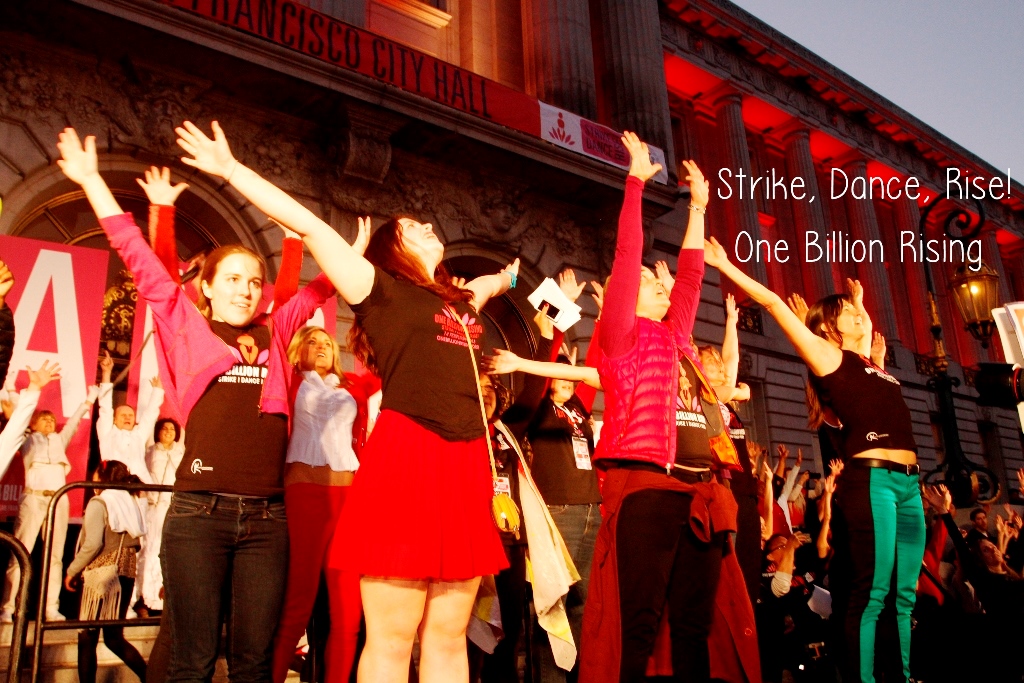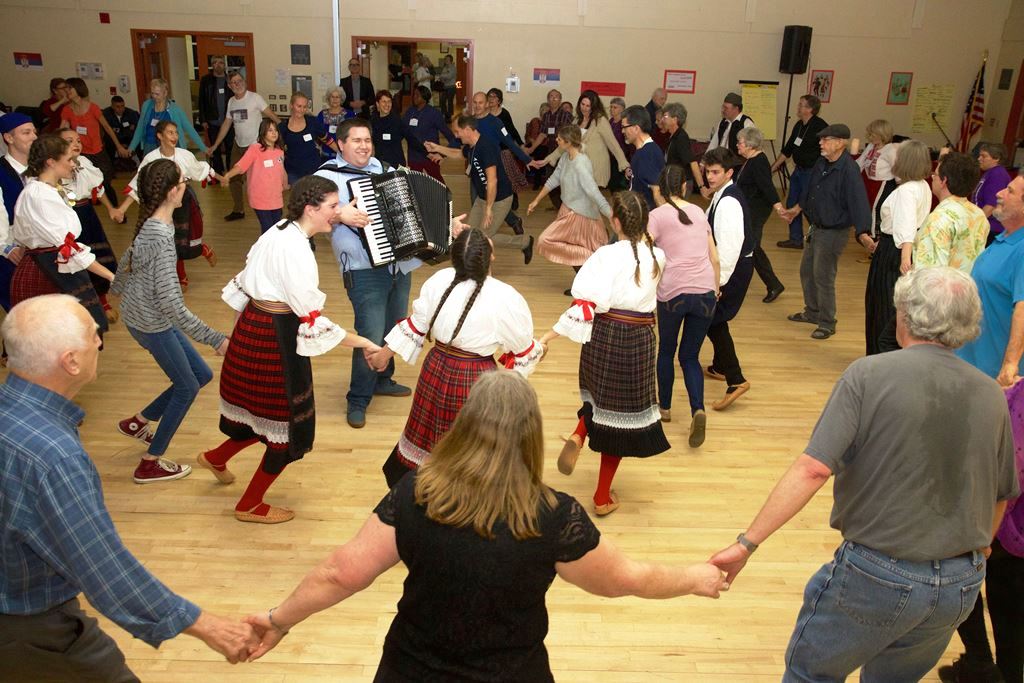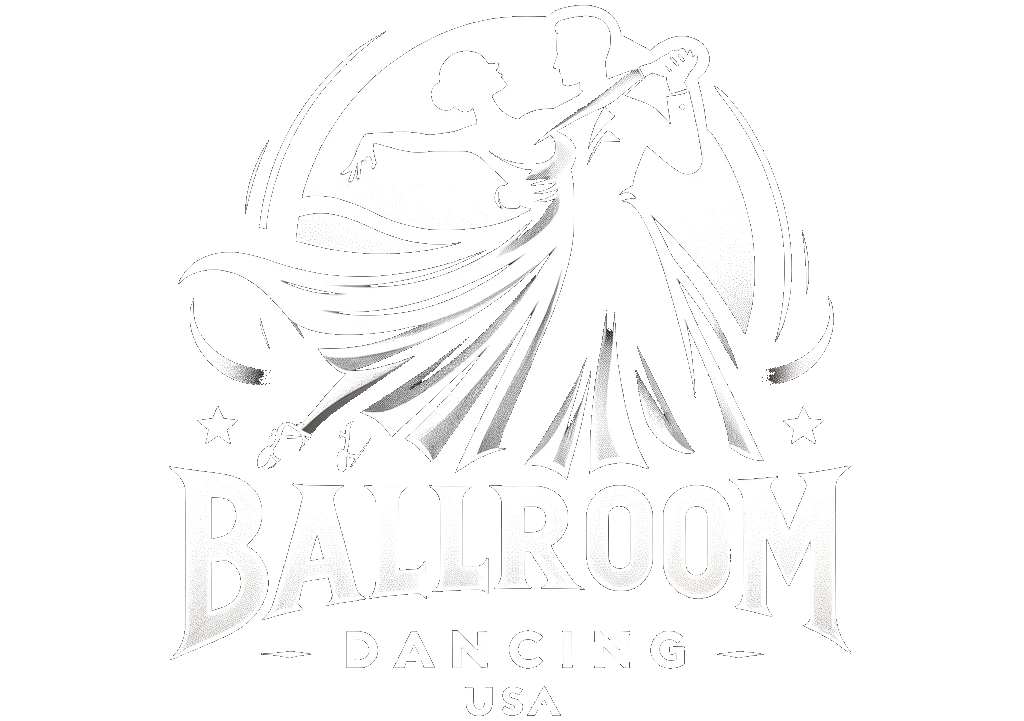
1. Introduction to the Cultural Integration of Ballroom Dance
Introduction to the Cultural Integration of Ballroom Dance
Ballroom dance has been a popular form of entertainment and recreation for centuries, with its roots stretching back to the court dances of the 16th century. This traditional form of dance has been embraced by many cultures around the world, and it has been adapted to fit the social and cultural norms of each culture. Over the years, ballroom dance has evolved to become a more inclusive and collaborative form of dance that is accessible to people of all ages, backgrounds, and abilities.
The United States is a melting pot of cultures, and ballroom dance has been embraced by many of these cultures. From the Latin-influenced dances of the Caribbean to the African-American dances of the Deep South, ballroom dance has been adapted to fit the culture and customs of each region. As a result, ballroom dance in the United States has become a vibrant and exciting form of entertainment that is enjoyed by people from all walks of life.
The Benefits of Cultural Integration in Ballroom Dance
The cultural integration of ballroom dance has many benefits. By bringing together people from different backgrounds and cultures, ballroom dance encourages collaboration and understanding between different groups. This helps to create a more unified and inclusive society, as people learn to appreciate and respect the differences between them.
In addition, the cultural integration of ballroom dance can also help to promote physical fitness and health. By learning and performing ballroom dances, people are able to get physical exercise and improve their health. This can lead to improved physical, mental, and emotional well-being.
Finally, the cultural integration of ballroom dance can also help to promote social cohesion and understanding. By engaging in ballroom dance, people can learn to appreciate and respect the cultures of others. This can help to reduce prejudice and discrimination, and can create a more harmonious and unified society.
Conclusion
The cultural integration of ballroom dance has many benefits, and it is a great way to bring people together from all walks of life. By embracing the cultural diversity of the United States, ballroom dance can help to promote physical fitness and health, as well as social cohesion and understanding. As a result, ballroom dance can be a powerful tool for creating a more unified and inclusive society.
2. History of Ballroom Dance and its Cultural Influences
History of Ballroom Dance and its Cultural Influences
Ballroom dancing is a form of social dance that has been popular in the United States since the early 19th century. The roots of ballroom dance can be traced back to Europe, where it was common among the upper classes. Ballroom dancing was adopted by the United States in the 19th century and quickly became a popular form of entertainment.
Early American Ballroom Dancing
Early American ballroom dancing was heavily influenced by the European styles of the time. The minuet, polka, and waltz were the most popular ballroom dances of the era. These dances were often danced in the ballrooms of wealthy families and were seen as a way to display social status.
Influence of Immigration
The late 19th century saw a large influx of immigrants to the United States, and with them came a variety of new dances. These dances, such as the tango, foxtrot, and cha-cha, quickly became popular in the United States and were often performed in ballrooms.
Cultural Integration of Ballroom Dance
Over the years, ballroom dancing has become increasingly diverse. As immigrants brought their own cultural influences to the United States, they also brought their own dance styles. These styles were often blended with traditional American ballroom dances to create new and unique dances. Today, ballroom dance is a blend of many different cultural influences, making it a truly global phenomenon.
3. The Benefits of Cultural Integration in Ballroom Dance
The Benefits of Cultural Integration in Ballroom Dance
Ballroom dancing is a unique art form that encourages cultural integration. By bringing people together from different backgrounds, ballroom dancing can foster understanding, respect, and appreciation for different cultures. Here are some of the key benefits of cultural integration in ballroom dance:
1. Increased Understanding of Different Cultures
One of the primary benefits of cultural integration in ballroom dance is that it encourages dancers to learn more about different cultures. By exploring the different dance styles, music, and costumes of different cultures, dancers can gain a greater understanding of the cultures they are dancing with. This can lead to stronger connections and appreciation for different cultures, as well as a greater understanding of the similarities and differences between them.
2. Improved Social Connections
Cultural integration in ballroom dance also provides an opportunity for dancers to make new social connections. By learning about different cultures, dancers can make friends with people from different backgrounds and have a better appreciation for their differences. This can lead to stronger social connections and a greater sense of community among dancers.
3. Increased Cultural Appreciation
Finally, cultural integration in ballroom dance can lead to increased cultural appreciation. By learning about different cultures, dancers can gain a greater understanding and appreciation for the customs and traditions of different cultures. This can lead to a greater appreciation for the beauty and diversity of different cultures, as well as a greater respect for the differences between them.
Overall, cultural integration in ballroom dance can be a powerful tool for bringing people together and fostering understanding and appreciation for different cultures. By encouraging dancers to learn more about different cultures, ballroom dance can help to create a more connected and harmonious society.
4. Examples of Cultural Integration in Ballroom Dance
Examples of Cultural Integration in Ballroom Dance
International Dance Styles
Ballroom dance has been heavily influenced by international dance styles. For example, the popular Latin American style of Salsa has its roots in Cuban and African-American dance. The Foxtrot, a classic ballroom dance, was derived from the African-American cakewalk. The Waltz, which is a popular ballroom dance, has its roots in the Austrian and German folk dances.
Cross-Cultural Collaborations
Cross-cultural collaborations are an important part of ballroom dance. For example, the popular dance style known as the Argentine Tango is a blend of African, European, and Latin American influences. The Paso Doble, a popular Spanish-style dance, is a combination of Spanish and French influences.
Dance Crossovers
Dance crossovers are a common way for people of different cultures to come together to share their love of dance. For example, the popular Latin-American dance style known as Salsa has been blended with other dance styles such as the Cha Cha, Mambo, and Merengue. Similarly, the traditional English country dance has been blended with the Foxtrot and Swing.
Dance Competitions
Dance competitions are a great way for dancers of different cultures to come together and compete. For example, the World DanceSport Federation hosts annual ballroom dance competitions, with dancers from all over the world competing in a variety of styles, including Latin American, American Smooth, and International Standard. These competitions provide a great opportunity for dancers to learn from each other and to experience different cultures.
5. Challenges to Cultural Integration in Ballroom Dance
Challenges to Cultural Integration in Ballroom Dance
1. Lack of Awareness of Different Cultures
One of the biggest challenges to cultural integration in ballroom dance is the lack of awareness of different cultures. Many people in the USA are unaware of the different cultural influences that have shaped ballroom dancing. As a result, they may not be aware of different styles of dance, or the cultural significance of particular dances. This lack of awareness can lead to a lack of appreciation for the diversity of the dance form.
2. Language Barriers
Language barriers can also be a challenge to cultural integration in ballroom dancing. Different cultures often use different terms and phrases to describe the same dance steps. This can make it difficult for people from different cultures to communicate and understand each other when dancing.
3. Preconceived Notions
Preconceived notions about different cultures can also be a challenge to cultural integration in ballroom dancing. People may have certain ideas about what a particular culture’s style of dance should look like, and may be resistant to trying something new. This can lead to a lack of acceptance of different cultural influences in ballroom dancing.
4. Lack of Diversity in Ballroom Dance Communities
The lack of diversity in ballroom dance communities can also be a challenge to cultural integration. Dance communities may be dominated by one particular culture, making it difficult for people from other cultures to feel welcome and included. This can lead to a lack of acceptance of different cultural influences in ballroom dancing.
5. Limited Access to Different Dance Styles
Finally, limited access to different dance styles can be a challenge to cultural integration in ballroom dancing. People may not have access to classes or resources that teach different styles of dance, which can lead to a lack of appreciation for the diversity of the dance form.
6. How to Promote Cultural Integration in Ballroom Dance
How to Promote Cultural Integration in Ballroom Dance
1. Encourage Intercultural Communication
The first step to promoting cultural integration in ballroom dance is to encourage intercultural communication. This means creating an environment in which people from different backgrounds can interact and learn from each other. This can be done through workshops, classes, and social events. Additionally, it is important to create an atmosphere of respect and understanding between different cultures.
2. Celebrate Cultural Diversity
It is also important to celebrate the diversity of cultures within ballroom dance. This can be done by highlighting different dance styles, music, and costumes from different cultures. This can be done through performances, classes, and other events. This will help to create an inclusive atmosphere and encourage cultural integration.
3. Promote Cultural Exchange
Another way to promote cultural integration in ballroom dance is to promote cultural exchange. This can be done through events such as dance exchanges, where dancers from different cultures can learn from each other. Additionally, it is important to create a safe and welcoming environment in which people can share their culture and learn from each other.
4. Foster Inclusion and Respect
It is also important to foster inclusion and respect in ballroom dance. This means creating an environment in which all cultures are respected and welcomed. Additionally, it is important to ensure that everyone feels comfortable and safe in the dance environment.
5. Support Local Communities
Finally, it is important to support local communities in their efforts to promote cultural integration in ballroom dance. This can be done by providing resources and support for local dance events, classes, and performances. Additionally, it is important to raise awareness of the importance of cultural integration in ballroom dance.
6. Educate and Advocate
In addition to the above steps, it is important to educate people about the importance of cultural integration in ballroom dance. This can be done through classes, workshops, and other events. Additionally, it is important to advocate for greater cultural integration in ballroom dance. This can be done through lobbying, writing letters, and attending meetings.
7. Conclusion: The Impact of Cultural Integration on Ballroom Dance
Conclusion: The Impact of Cultural Integration on Ballroom Dance
Ballroom dance has been a popular form of entertainment and expression for centuries. It has evolved over time, and cultural integration has played an important role in its development. The influence of different cultures and styles of dance has allowed ballroom dance to become a truly global phenomenon.
In the United States, cultural integration has brought a unique flavor to ballroom dance. From Latin and African-American influences to the incorporation of modern pop music and style, ballroom dance has been enriched by the diversity of its performers. As a result, ballroom dance has become more accessible to people of all backgrounds and nationalities.
The impact of cultural integration on ballroom dance has also been felt in the competitive arena. Many of the top competitive ballroom dancers come from diverse backgrounds, and their unique styles have helped to shape the sport. By embracing the diversity of its competitors, ballroom dance has become a more inclusive and exciting sport.
Finally, cultural integration has also had a positive effect on the social aspect of ballroom dance. As different cultures and styles of dance have been embraced, ballroom dance has become more welcoming and inclusive. This has allowed for more people to participate in ballroom dance, and it has become a great way to bring people together.
Conclusion
Cultural integration has been a major factor in the evolution of ballroom dance. By embracing the diversity of its performers, ballroom dance has become more accessible and exciting. It has also become a great way for people of all backgrounds to come together and enjoy the beauty of dance. Ballroom dance is a unique art form that has been enriched by the integration of different cultures and styles.





